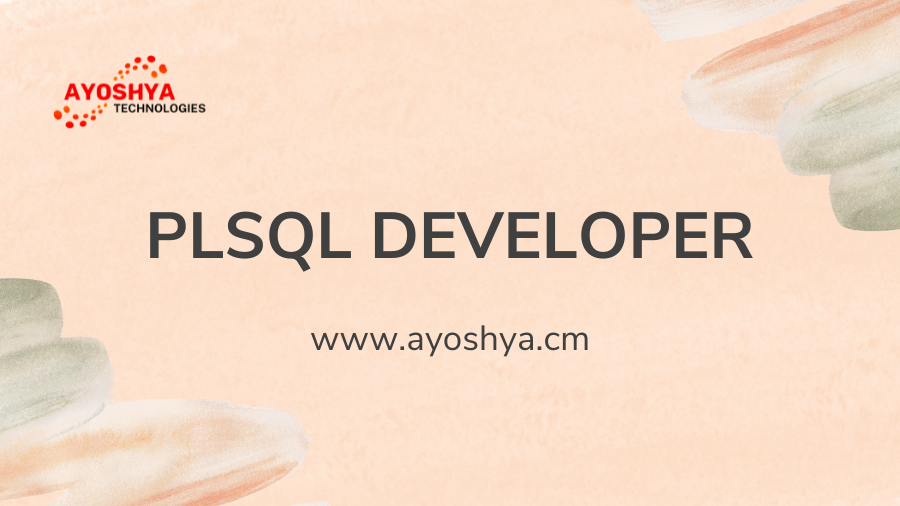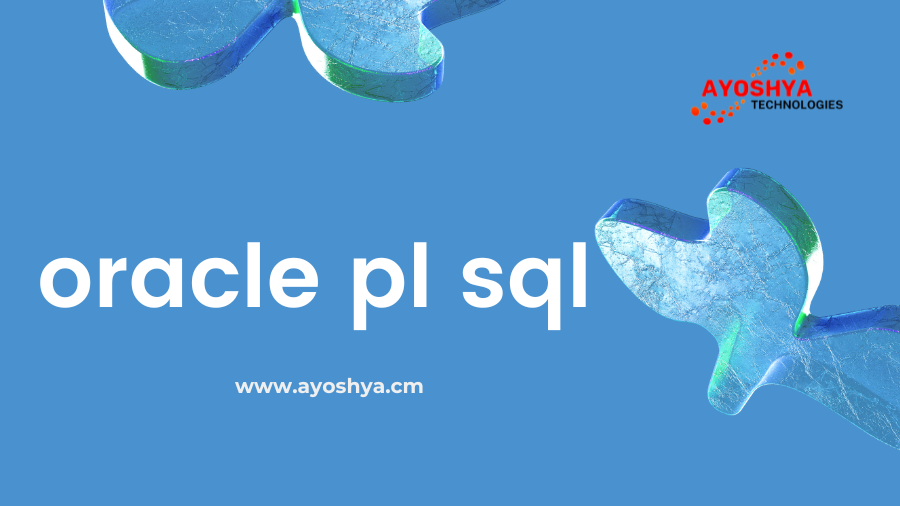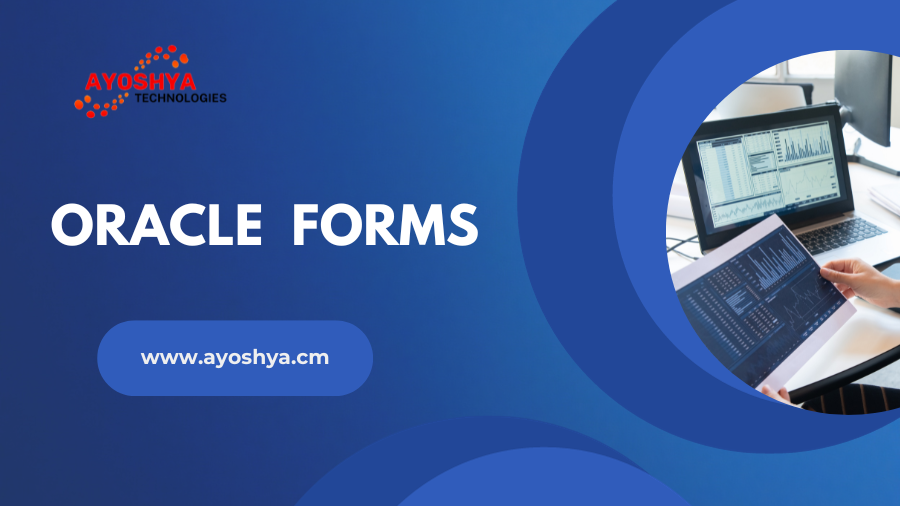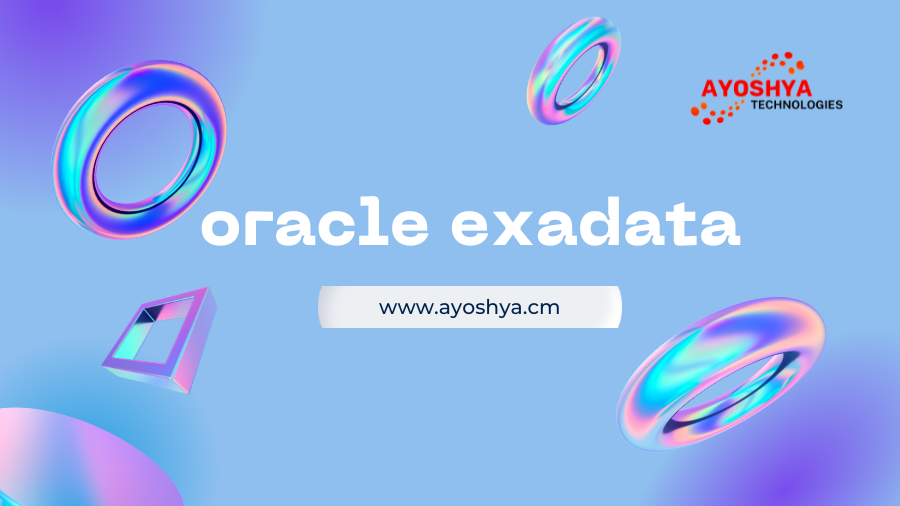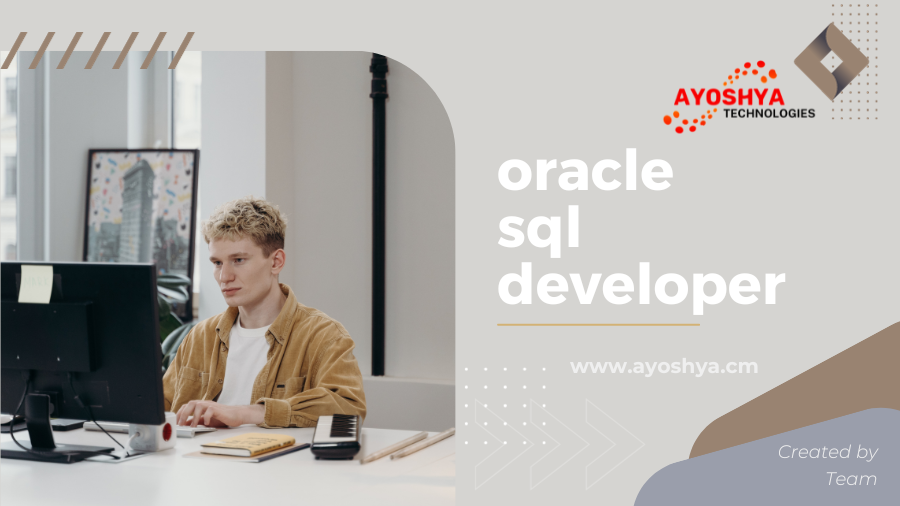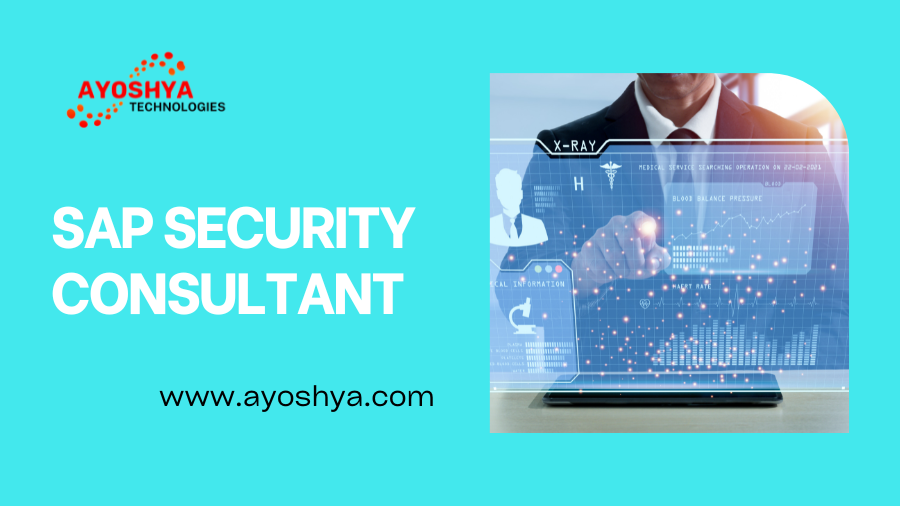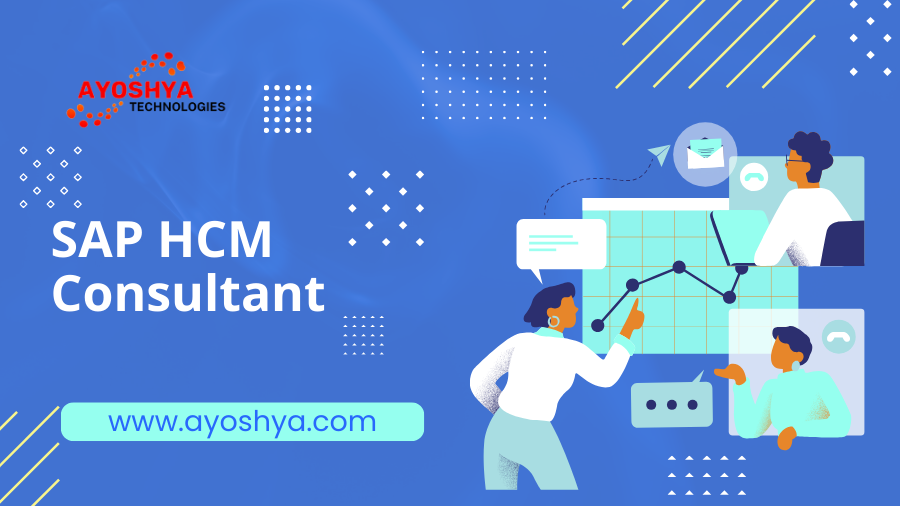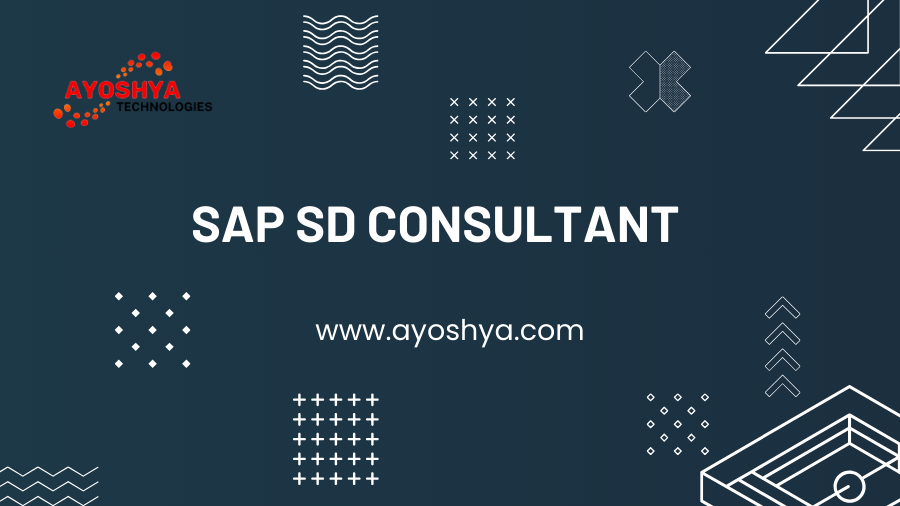PLSQL Developer: Mastering the Craft of Database Management
PLSQL Developer: Mastering the Craft of Database Management
In the dynamic realm of database management, the role of a PLSQL developer has evolved from a niche specialization to a crucial skill set demanded by industries worldwide. Let’s embark on a journey through the world of PLSQL development, understanding its roots, significance, and the skills that set apart a proficient developer.
1. Introduction
PLSQL, or Procedural Language for SQL, is a powerful extension of SQL (Structured Query Language) commonly used for database development. It incorporates procedural features of programming languages, making it an efficient tool for managing complex data manipulation and transaction processing.
2. What is PLSQL?
PLSQL is a procedural language designed specifically for interacting with relational databases. It allows developers to create robust, efficient, and secure database applications. With its roots deeply embedded in Oracle databases, PLSQL has become a standard in enterprise-level database management.
3. The Evolution of PLSQL Development
3.1 Early Days: Birth and Growth
In the early days, PLSQL development was primarily associated with Oracle databases. Developers embraced its procedural capabilities, enabling them to go beyond the constraints of SQL for complex tasks.
3.2 Modern Trends: Adapting to Change
Today, PLSQL development has adapted to modern trends, incorporating features that align with the needs of contemporary database management. Its flexibility and compatibility with various platforms make it a versatile choice for developers.
4. Why PLSQL Matters in Database Management
4.1 Seamless Integration with SQL
One of the key reasons for the prominence of PLSQL is its seamless integration with SQL. Developers can use SQL statements directly within PLSQL code, providing a powerful combination for efficient database manipulation.
4.2 Enhanced Security Features
Security is paramount in database management. PLSQL offers advanced security features, including robust authentication and authorization mechanisms, safeguarding sensitive data from unauthorized access.
5. Key Skills for a Proficient PLSQL Developer
5.1 SQL Mastery
A proficient PLSQL developer must have a strong foundation in SQL. The ability to write optimized queries lays the groundwork for efficient database interactions.
5.2 Understanding PLSQL Architecture
A deep understanding of the architecture of PLSQL is crucial. Developers need to comprehend how PLSQL code interacts with the underlying database to ensure optimal performance.
5.3 Problem-Solving Skills
Database development often involves solving complex problems. A skilled PLSQL developer should excel in analytical thinking and creative problem-solving.
5.4 Version Control Proficiency
As with any software development, version control is vital. Proficient PLSQL developers are adept at using version control systems to track changes and collaborate seamlessly.
6. PLSQL Developer Tools: A Comprehensive Overview
6.1 Oracle SQL Developer
Oracle SQL Developer is a powerful integrated development environment (IDE) specifically designed for PLSQL development. It provides features for code editing, debugging, and performance tuning.
6.2 Toad for Oracle
Toad for Oracle is another popular tool used by PLSQL developers. It offers a user-friendly interface with features such as code profiling and automation of repetitive tasks.
6.3 PL/SQL Developer
PL/SQL Developer is a dedicated IDE for PLSQL development. It streamlines the development process with features like code completion, debugging, and integrated testing tools.
7. Best Practices in PLSQL Development
7.1 Code Readability and Documentation
Maintaining clean, readable code is essential. Adequate documentation ensures that the logic behind the code is transparent, facilitating collaboration among developers.
7.2 Efficient Error Handling
Effective error handling is crucial in database development. Proficient PLSQL developers implement robust error-handling mechanisms to identify and resolve issues promptly.
7.3 Performance Tuning Techniques
Optimizing code for performance is an ongoing process. Developers should be well-versed in performance tuning techniques to ensure optimal database responsiveness.
8. Staying Updated: Continuous Learning in the PLSQL World
8.1 Online Courses and Certifications
The dynamic nature of technology necessitates continuous learning. Online courses and certifications provide PLSQL developers with the latest insights and skills.
8.2 Networking in the Developer Community
Being part of the developer community is invaluable. Networking with peers, participating in forums, and attending conferences enhance knowledge and foster professional growth.
9. Challenges in PLSQL Development
9.1 Legacy Systems
Working with legacy systems presents challenges. Proficient PLSQL developers navigate through outdated architectures, ensuring smooth integration with modern technologies.
9.2 Security Concerns
In an era of increasing cyber threats, security is a top concern. PLSQL developers address security challenges by implementing encryption and access control measures.
10. The Future of PLSQL: Emerging Trends and Technologies
10.1 Integration with Cloud Platforms
The future of PLSQL development involves seamless integration with cloud platforms. Developers will leverage the scalability and flexibility offered by cloud-based solutions.
10.2 Machine Learning in PLSQL
Machine learning is making its mark in database management. PLSQL developers will explore the integration of machine learning algorithms for advanced data analysis.
11. Success Stories: Real-world Applications of PLSQL
11.1 Streamlining Business Processes
PLSQL development has played a pivotal role in streamlining business processes. From inventory management to customer relations, PLSQL ensures efficient data handling.
11.2 Data Analytics and Reporting
In the realm of data analytics, PLSQL is a powerful tool. Developers utilize its capabilities to extract meaningful insights and generate comprehensive reports.
12. Common Misconceptions About PLSQL
12.1 Limited Scope
Contrary to misconceptions, PLSQL has a broad scope beyond Oracle databases. Its principles can be applied to various relational database management systems.
12.2 Complex Learning Curve
While PLSQL development involves complexity, it is a skill that can be mastered with dedication and proper guidance. The learning curve is a worthwhile investment in building robust database applications.
13. Advancing Your Career as a PLSQL Developer
13.1 Building a Strong Portfolio
A strong portfolio showcases a developer’s skills and accomplishments. PLSQL developers should curate a portfolio that highlights their projects and expertise.
13.2 Networking and Professional Development
Networking opens doors to opportunities. PLSQL developers should actively engage in professional development, building connections within the industry.
14. Conclusion
In conclusion, mastering the craft of PLSQL development is essential for those navigating the intricate world of database management. With a solid foundation in SQL, understanding the evolving landscape, and honing key skills, developers can propel their careers forward.
FAQs
Q1: Can I use PLSQL with databases other than Oracle? Yes, PLSQL principles can be applied to various relational database management systems, not limited to Oracle.
Q2: Is PLSQL development suitable for beginners? While it involves complexity, PLSQL development is a valuable skill that can be learned with dedication and proper guidance.
Q3: How can I stay updated on the latest trends in PLSQL development? Engage in online courses, certifications, and networking within the developer community to stay abreast of the latest trends.
Q4: Are there job opportunities for PLSQL developers in the current market? Yes, there is a demand for skilled PLSQL developers in various industries, making it a lucrative career choice.
You may be interested in:
What Does it Cost to Get Oracle Certified?



